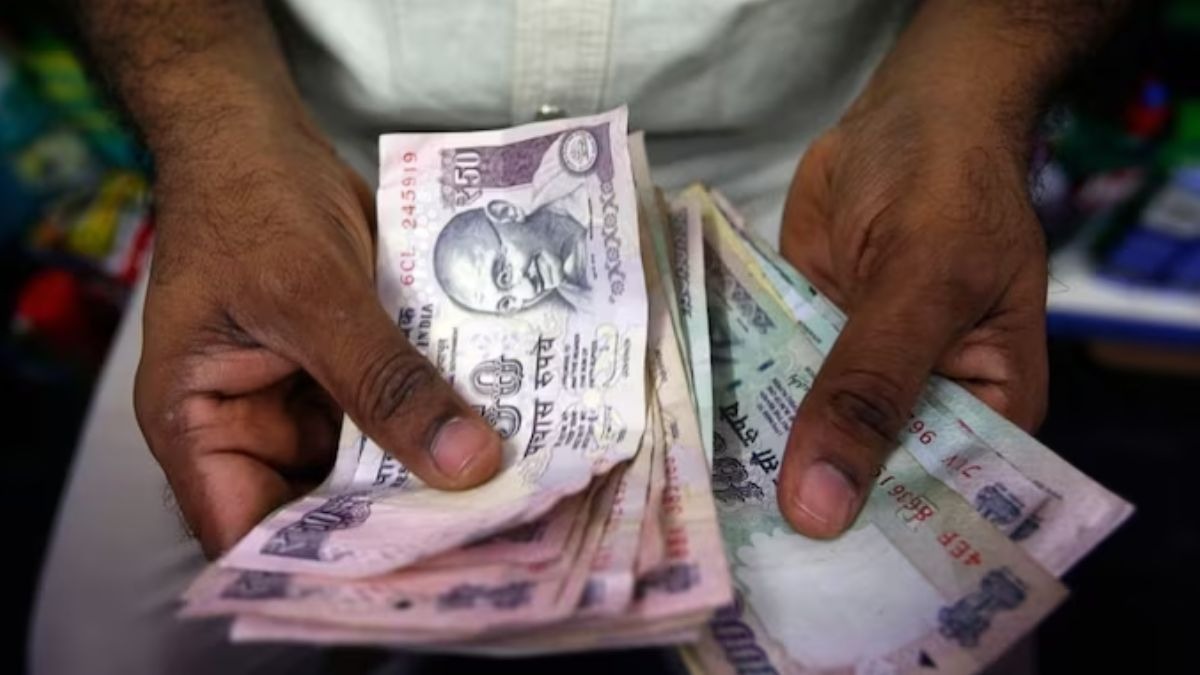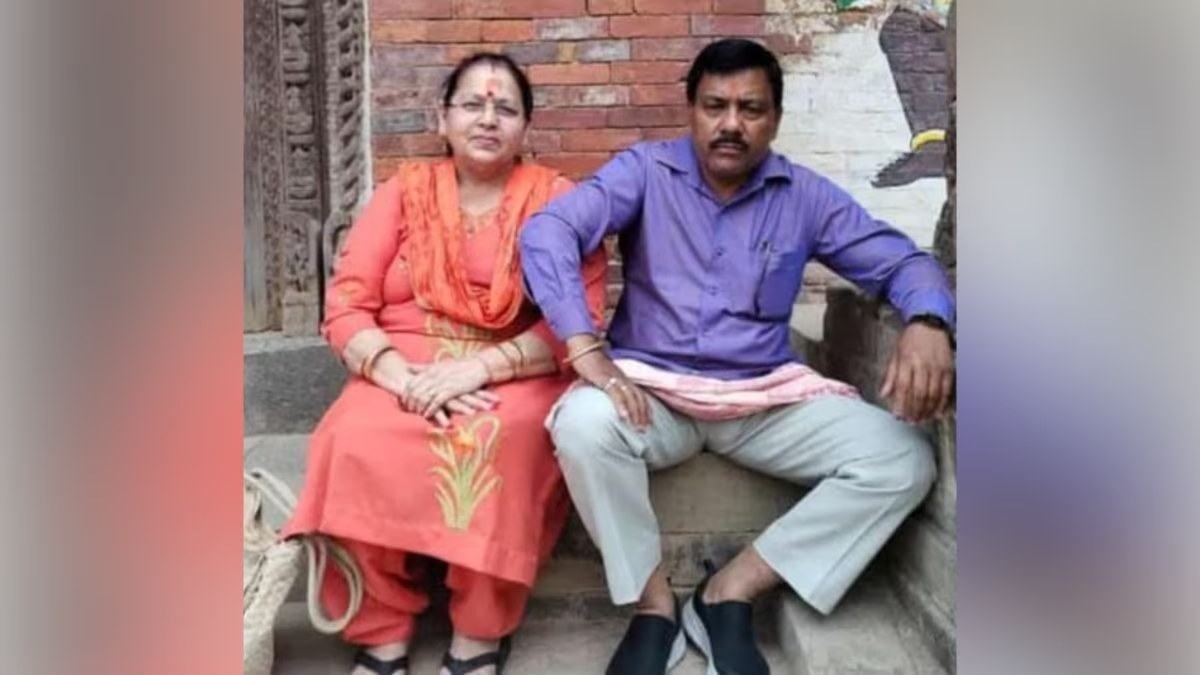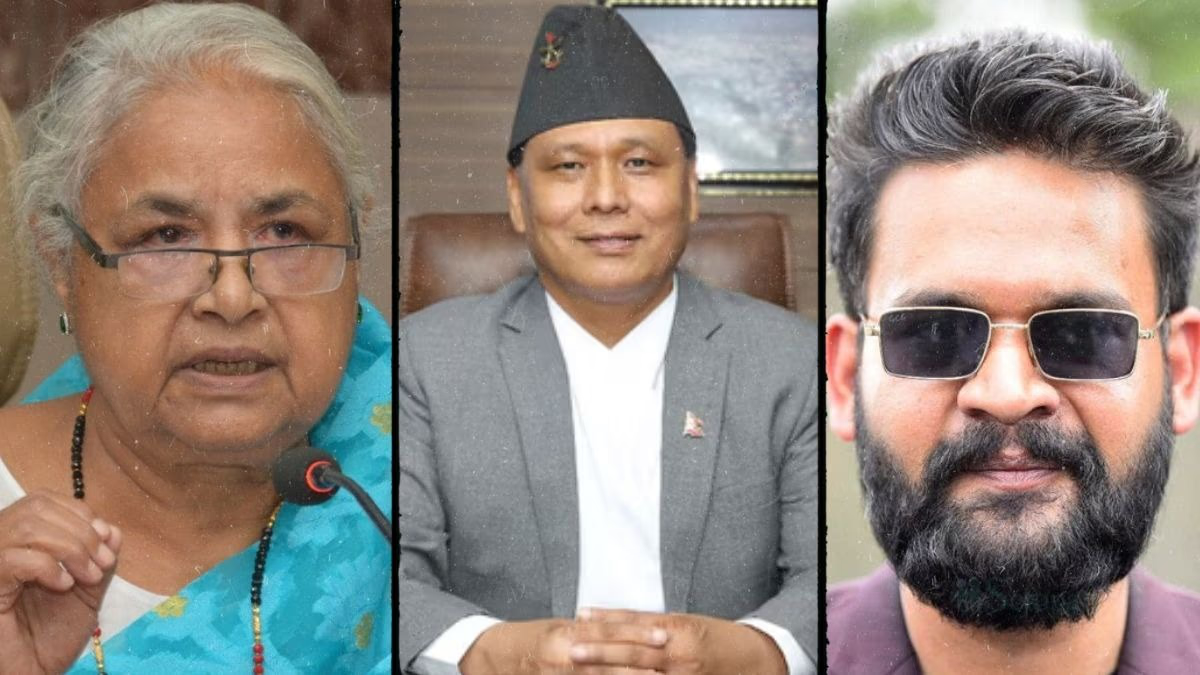Prime Minister Narendra Modi's critique of the Congress party's manifesto has sparked a heated debate over the past two days. During a rally Sunday in Banswara, Rajasthan, he claimed that should Congress come to power, they would seize assets and distribute them among families with numerous children and illegal immigrants.
Prime Minister Modi stressed, 'The Congress manifesto promises to account for the gold owned by our mothers and sisters, tally it, and then distribute it. They intend to give it to those whom the Manmohan Singh government claimed have the first right over national assets: the Muslims. My fellow brothers and sisters, this kind of urban Naxal thinking will not even spare your sacred mangalsutra; they will lay claim to everything.'
However, a closer look at the Congress manifesto reveals no such promise of wealth distribution. Yet, Rahul Gandhi has stated that a comprehensive financial and institutional survey under a Congress-led government would determine who holds India's wealth, ensuring that rightful claims are honored and fulfilled.
With the current focus on wealth, let's delve into how much asset Indians actually own, supported by various statistics. Official data points to only 20% of India's population being categorized as the wealthiest, while international institutions report that 1% of Indians have claimed over 40% of the country’s wealth.
How wealthy are Indians?
Based on the National Family Health Survey (NFHS-5), wealth is categorized into five divisions: the poorest, poor, middle, rich, and richest.
Urban populations account for nearly 46% of the 'richest' demographic, in stark contrast to only 8% of rural populations making this category. Chandigarh boasts the highest percentage of wealthy inhabitants, with 79% of its population being the richest. It's followed by 68% in Delhi and 48% in Haryana.
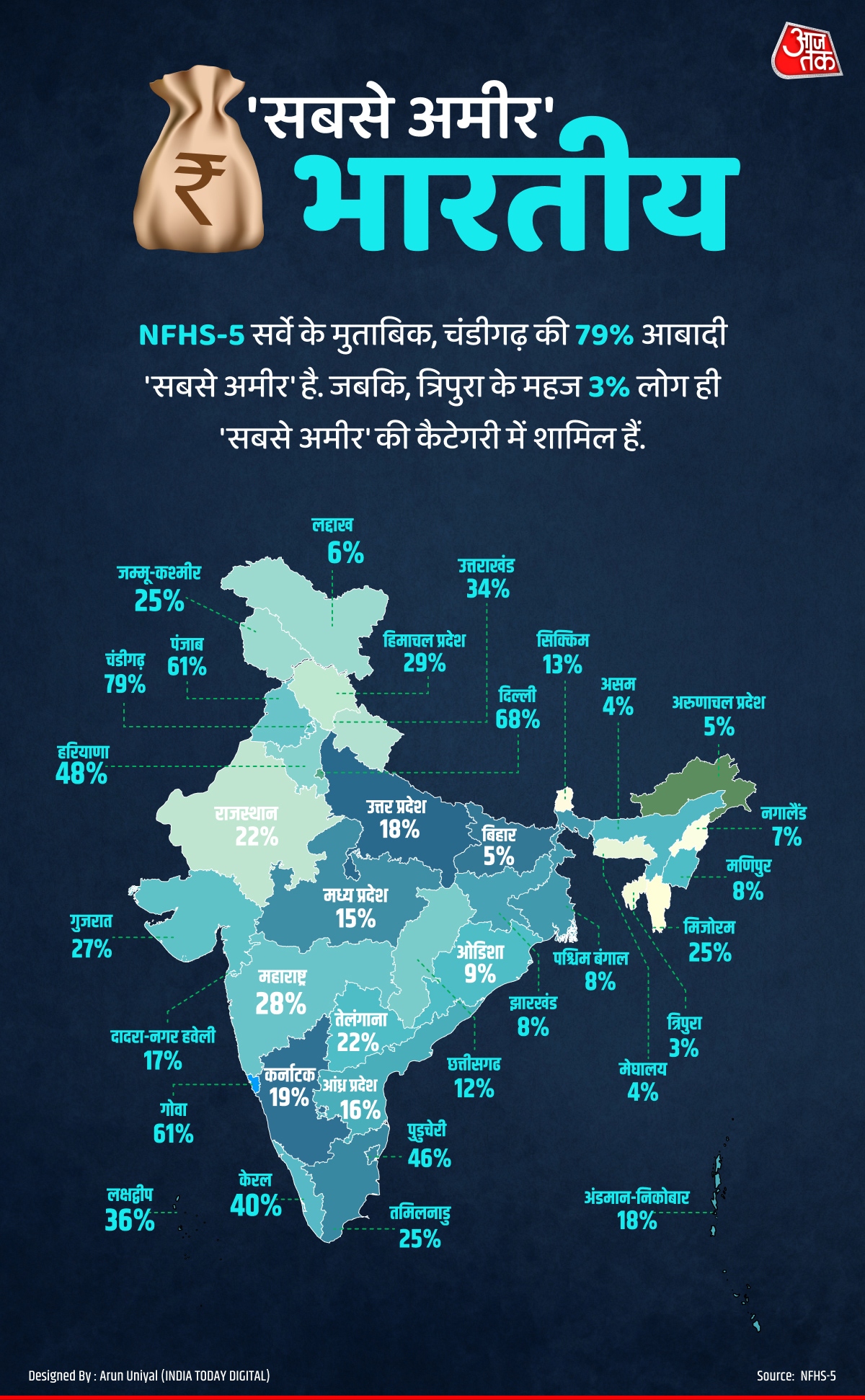
Source: aajtak
Discover More:
Hindus or Muslims... Who's wealthier?
Data from NFHS suggests minimal disparity in wealth between Hindus and Muslims, with both communities having nearly 20% of their population categorized as the poorest. Meanwhile, 19% are considered the richest.
When looking at wealth based on religion, Jains come out on top, with over 80% of their population falling in the richest bracket, followed by Sikhs at 59% and Christians at 26%.
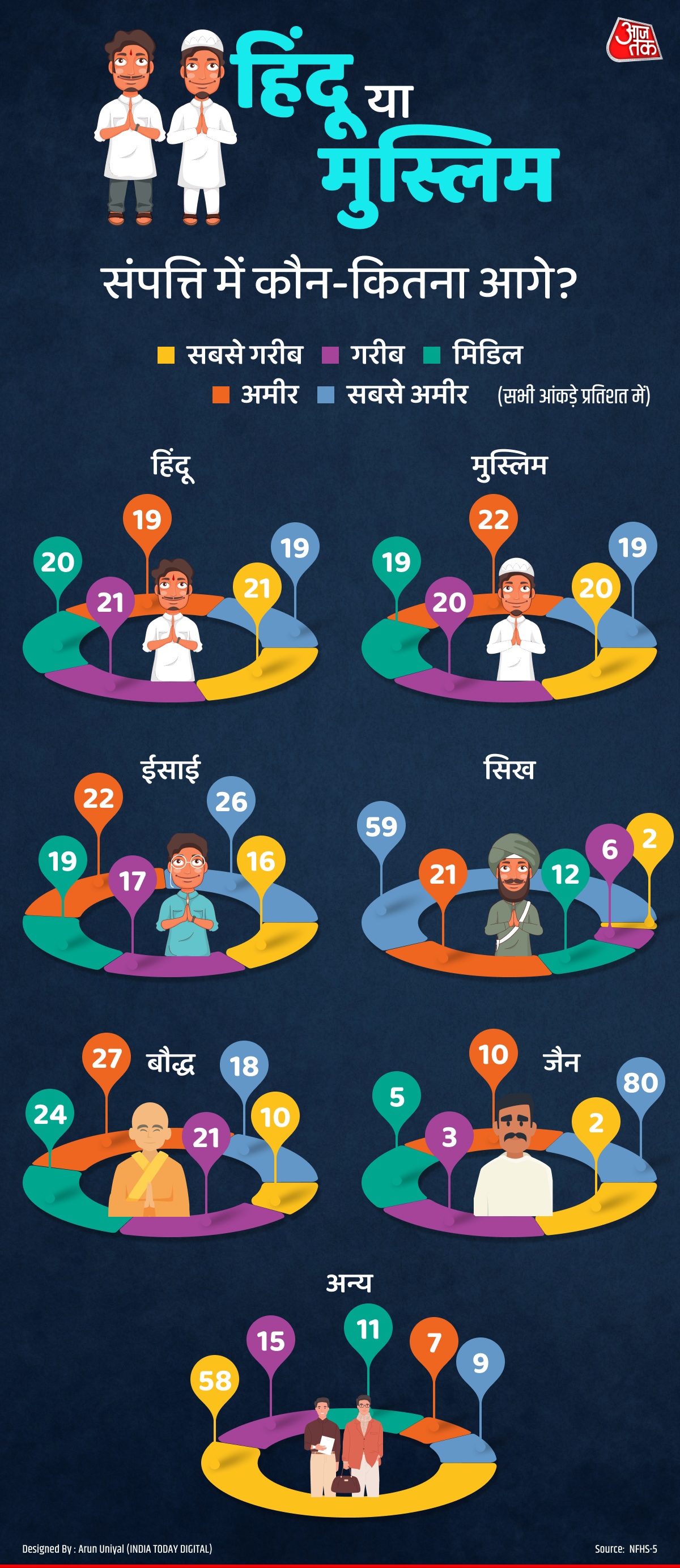
Source: aajtak
The Scheduled Castes (SC) and Scheduled Tribes (ST) present a different picture, with only 12% of SC and less than 6% of ST populations being categorized as the richest in India.
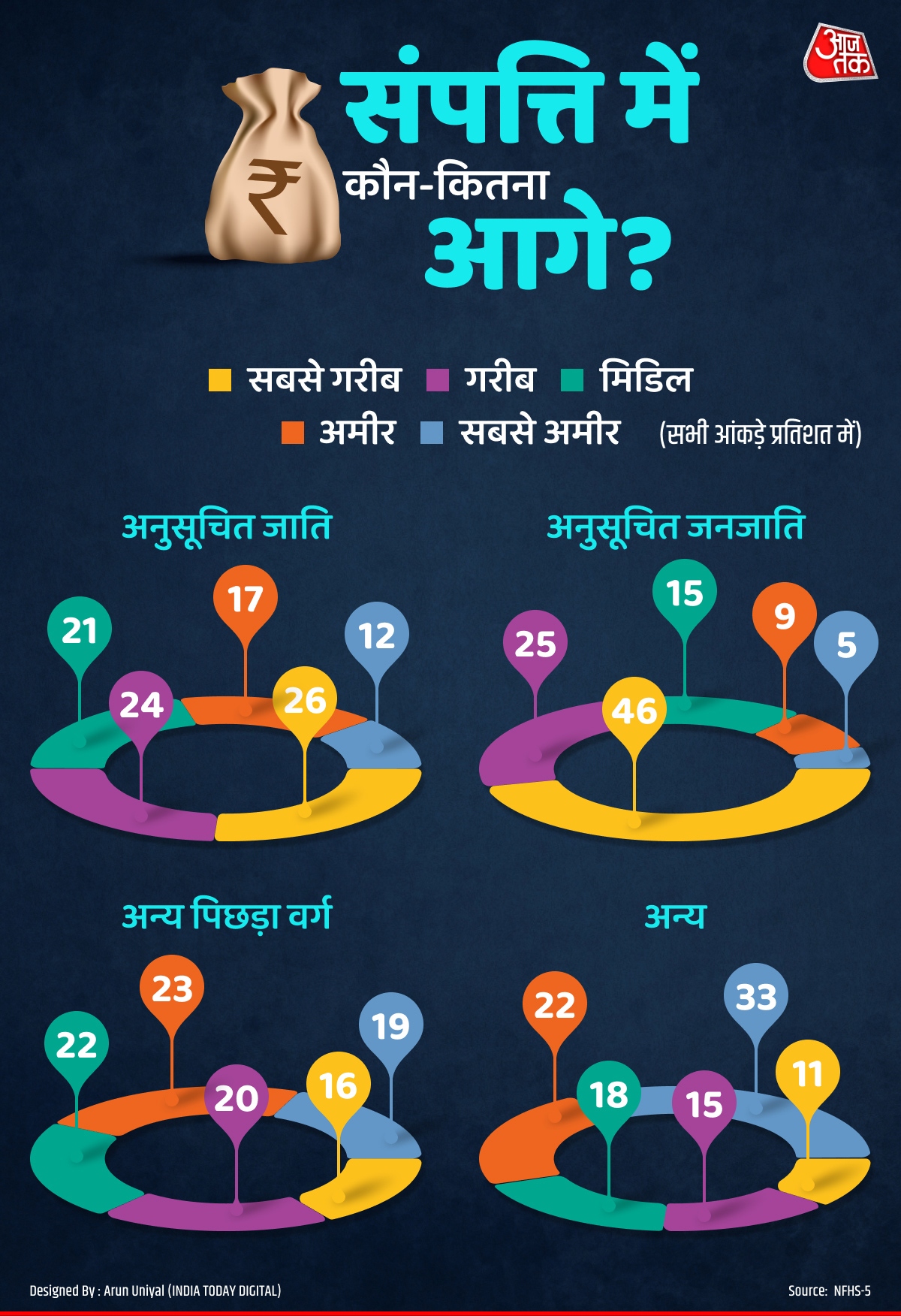
Source: aajtak
Lacking Basic Amenities: A 75% Segment without AC or Coolers
Meanwhile, the NFHS-5 survey unveils a sizable Indian population that lacks even basic amenities.
According to the survey, 30% of the populace does not own a pressure cooker; 15% lack chairs and 40% are without a table.
Moreover, over 30% of people lack a television. About 75% of Indian households neither own an air conditioner nor a cooler, while 22% don't even possess a clock.
On the flip side... The Top 1% Controls 40% of the Wealth
An Oxfam report exposes that a mere 1% of the population holds sway over more than 40% of India's wealth.
Released last year, the report claimed that these wealthiest individuals in India own 40.5% of the nation's wealth. It highlighted that, regrettably, India is increasingly becoming a country of the rich, while the impoverished Dalits, tribals, Muslims, women, and laborers continue to suffer — thereby enhancing the riches of the wealthy.
The report further criticized corporate tax cuts and tax exemptions as favoritisms toward the affluent while the poor and middle class shoulder the brunt of tax obligations. In 2022, it was documented that approximately 64% of Goods and Services Tax (GST) revenue came from the nation's least affluent 50%, while only 4% was contributed by the richest 10%.
